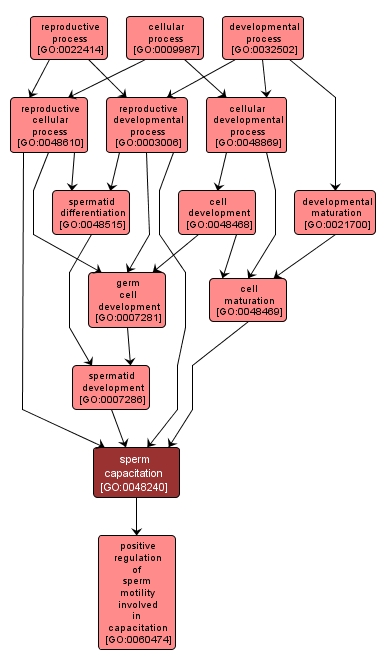| Desc: |
A process required for sperm to reach fertilization competence. Sperm undergo an incompletely understood series of morphological and molecular maturational processes, termed capacitation, involving, among other processes, protein tyrosine phosphorylation and increased intracellular calcium. |














